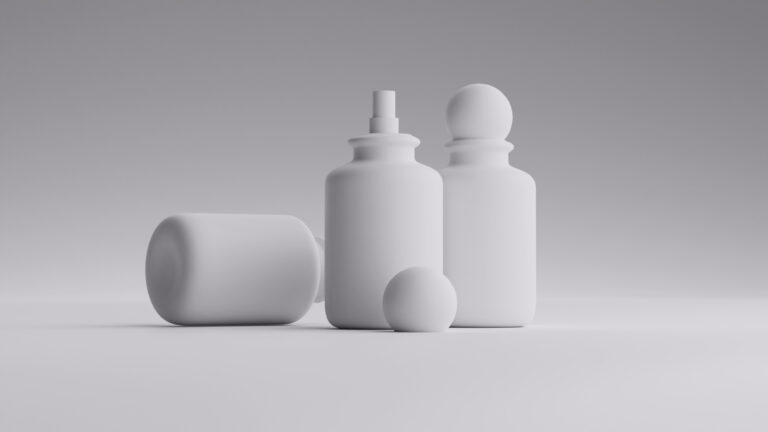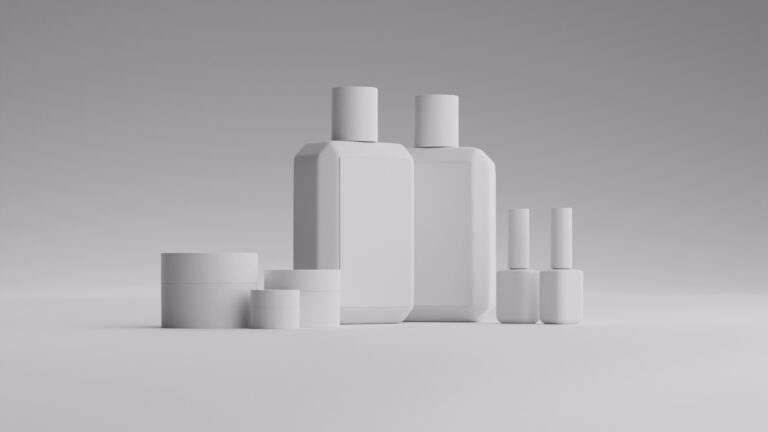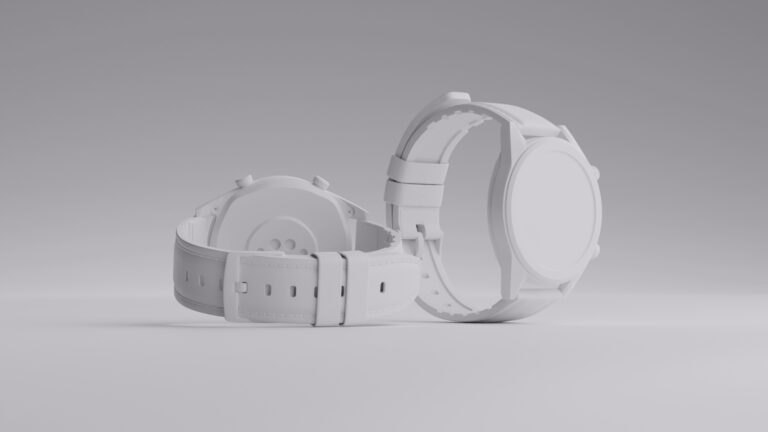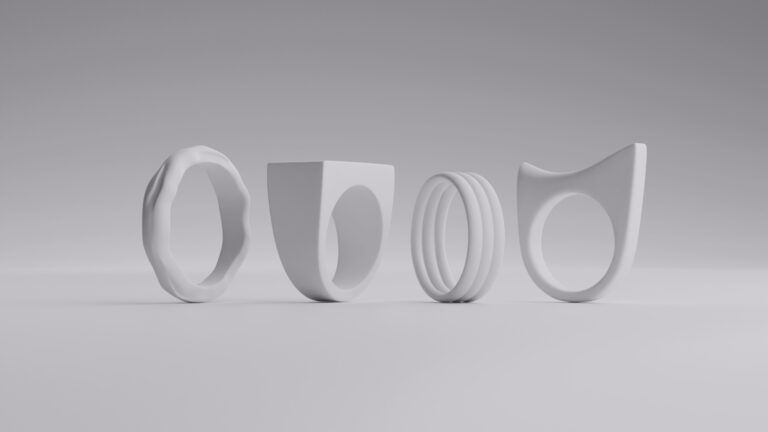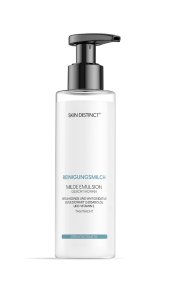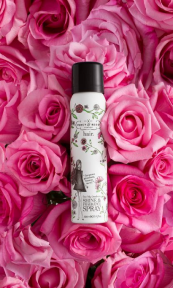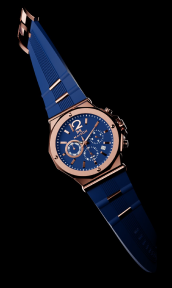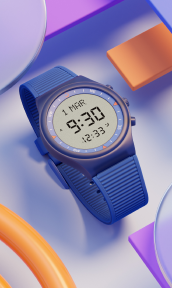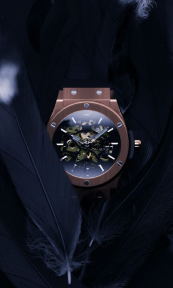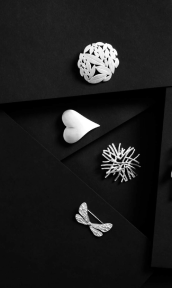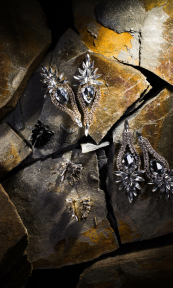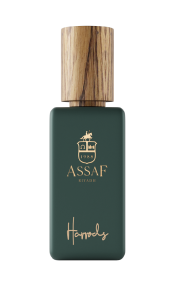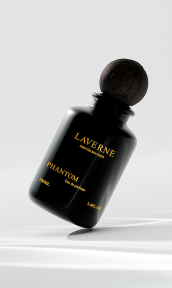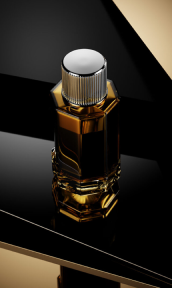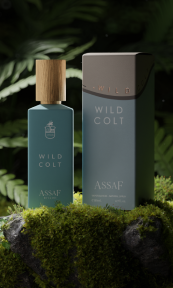The art of interior product photography has undergone a remarkable transformation, driven by technological advancements and evolving consumer expectations. From sophisticated lighting techniques to groundbreaking AI tools, photographers now have an unprecedented array of options to create stunning visuals that captivate audiences and drive sales.
As e-commerce continues to dominate the retail landscape, the demand for high-quality interior product photography has never been higher. Our guide explores cutting-edge techniques, essential equipment, and innovative approaches that will help you master the craft of interior product photography in 2025, whether you’re showcasing furniture, decor, or architectural elements.
Why professional product photos drive revenue

Interior product photography directly influences purchasing decisions and brand perception in the digital marketplace. Studies consistently show that high-quality product images significantly increase conversion rates and reduce return rates.
Professional product photography builds instant trust with potential customers. According to recent market research, 93% of consumers consider visual appearance as the key deciding factor in purchase decisions. Well-executed product photos demonstrate attention to detail and commitment to quality, reflecting positively on your brand’s overall reputation.
High-quality images dramatically reduce product returns. When customers receive items that match their expectations based on professional photos, return rates decrease by up to 40%. This significant reduction in returns not only saves on operational costs but also improves customer satisfaction and loyalty.
The impact on social media engagement cannot be overlooked either. Professional product photographs generate 65% more engagement than amateur shots, leading to increased organic reach and lower advertising costs. This enhanced visibility translates directly into higher sales and market presence.
Professional product photography makes a significant difference in e-commerce success. Online stores that showcase their products with high-quality, professional photos typically see higher average order values than those using basic product images. The visual appeal of well-crafted product photographs helps customers feel more confident in their purchases and better understand what they’re buying.
Gear you'll need to get started

Success in interior product photography requires a careful selection of equipment that balances quality with practicality. Understanding which tools to invest in can make the difference between amateur and professional results.
Camera selection serves as the foundation of your photography setup. Full-frame mirrorless cameras like the Sony A7 IV or Canon R6 Mark II offer superior low-light performance and dynamic range, crucial for capturing interior products in various lighting conditions. These cameras’ advanced autofocus systems and high-resolution sensors ensure sharp, detailed images that showcase product features effectively.
Lens choice significantly impacts image quality and versatility. A 24-70mm f/2.8 zoom lens serves as an excellent all-purpose option, while a 90mm or 100mm macro lens enables detailed close-up shots of textures and materials. Tilt-shift lenses, though specialized, prove invaluable for maintaining proper perspective when photographing larger furniture pieces.
Lighting equipment deserves substantial investment. A professional lighting kit should include at least two powerful LED panels with adjustable color temperature, softboxes for diffusion, and various reflectors and flags for controlling light direction and intensity. Modern LED panels with built-in effects and smartphone control offer unprecedented creative possibilities.
Support equipment ensures consistency and precision. A sturdy tripod with a geared head allows for precise adjustments, while a professional-grade color checker card ensures accurate color reproduction across different lighting conditions. Wireless triggers and tethering capabilities streamline the shooting process and enable real-time client feedback.
Photography tips & tricks that actually work

Lighting
Lighting techniques form the cornerstone of exceptional interior product photography. Understanding how to manipulate light transforms ordinary products into compelling visual stories.
Natural light provides an excellent foundation but requires careful control. Diffusion screens on windows help create soft, even illumination, while strategically placed reflectors fill shadows and add dimension. The golden hours of early morning and late afternoon offer optimal natural lighting conditions for interior shots.
Artificial lighting setup follows the principle of layering. Start with a main light positioned at 45 degrees to the product, add a fill light at half power to soften shadows, and use accent lights to highlight specific features. This three-dimensional lighting approach creates depth and emphasizes product textures.
Composition
Thoughtful composition transforms good product photos into great ones. Understanding fundamental composition principles helps create images that guide viewers’ attention effectively.
The rule of thirds remains relevant but should be applied flexibly. Position key product features at intersection points while maintaining a balanced overall composition. Leading lines within the frame should guide viewers’ eyes toward important product details.
Negative space is essential in modern interior product photography. Clean, uncluttered compositions allow products to breathe and enable viewers to focus on important features. This minimalist approach aligns with contemporary design aesthetics and improves product presentation across various platforms.
Styling
Professional styling elevates product photography from mundane to memorable. This often-overlooked aspect can significantly impact image effectiveness.
Props and accessories should complement rather than compete with the main product. Select items that enhance the product’s intended use or aesthetic while maintaining appropriate scale relationships. Coordinating props and products’ colors creates visual harmony and reinforces brand identity.
Texture combinations add depth and interest to compositions. Mixing smooth, rough, reflective, and matte surfaces creates visual variety while highlighting product features. This technique proves particularly effective in furniture and decor photography.
Editing made simple: from good to great

Modern editing techniques balance enhancement with authenticity. The goal is to present products in their best light while maintaining realistic representation. The latest editing software offers powerful tools that, when used thoughtfully, can transform good product photos into exceptional ones without crossing into unrealistic territory.
Color correction has evolved beyond basic adjustments. Advanced color grading techniques ensure consistent product representation across different marketing channels. Focus on maintaining accurate product colors while enhancing overall image appeal through subtle tonal adjustments. Professional editors now use selective color adjustments to enhance specific product features while keeping skin tones and other reference colors true to life.
Shadow and highlight recovery has become increasingly sophisticated. Modern editing tools allow you to reveal detail in dark areas while maintaining natural contrast, which is vital for products with mixed materials or complex textures. The key is finding the sweet spot between detail recovery and maintaining the natural play of light and shadow that gives products their dimensional quality.
Removal of distracting elements and imperfections requires a delicate touch. Use healing and cloning tools judiciously to clean up minor flaws while preserving natural textures and materials. The key is maintaining authenticity while presenting products in their ideal form. Focus on removing temporary imperfections like dust or scratches while keeping permanent product characteristics that customers should be aware of.
Batch processing workflows streamline large-scale projects. Develop consistent presets that maintain brand identity across product lines while allowing for individual adjustments when necessary. This approach ensures efficiency without sacrificing quality. Modern AI-powered batch processing can now detect and adjust for variations in lighting and composition, maintaining consistency while respecting the unique characteristics of each product.
Layer masking techniques have become essential for precise editing. By using luminosity masks and careful selective adjustments, you can enhance specific areas of products without affecting others. This precision ensures that materials like metals, fabrics, and woods each receive the appropriate treatment while maintaining their natural appearance.
AI and AR innovation

Artificial intelligence and augmented reality are revolutionizing how customers interact with product photographs. These technologies create immersive experiences that boost consumer confidence and sales.
AI-powered tools automate routine tasks while improving image quality. Advanced noise reduction, automatic background removal, and intelligent object selection save time and ensure consistent results. Machine learning algorithms can even suggest optimal camera settings based on scene analysis.
Augmented reality integration enables virtual product placement. Customers can visualize products in their own spaces through smartphone apps, dramatically improving the shopping experience. This technology reduces uncertainty and increases purchase confidence.
Virtual staging powered by AI creates contextual environments for products. This capability allows for multiple presentation scenarios without physical setup changes, reducing production costs while expanding creative possibilities.
CGI: the future of interior product photography

Computer-generated imagery has evolved into a powerful alternative to traditional photography, and it’s not just for big-budget Hollywood movies anymore. Today’s CGI technology offers unprecedented control and flexibility in product presentation, making it an increasingly popular choice for businesses of all sizes.
CGI enables perfect product visualization without physical prototypes – imagine being able to showcase your products before they even hit the production line. This capability not only accelerates product launches but also significantly reduces production costs while maintaining photorealistic quality. Need to show that sofa in different fabrics? Or that lamp in various finishes? Changes to colors, materials, and configurations can be made with a few clicks, no additional photo shoots required.
The integration with traditional photography has opened up exciting possibilities. By combining real environmental elements with CGI products, we create hybrid images that offer the best of both worlds. Real backgrounds provide that authentic feel everyone’s after, while CGI products deliver perfect presentation and unlimited variations. This approach is particularly cost-effective for large product lines – think entire furniture collections or lighting series.
Here at Welpix, we’ve seen firsthand how CGI can transform interior product photography. Our team creates photorealistic 3D renders that are often indistinguishable from traditional photography but with added benefits: faster turnaround times, more flexibility for modifications, and typically lower costs than traditional photo shoots. While both traditional photography and CGI have their place in modern product visualization, CGI often provides more bang for your buck, especially when you need multiple variations of the same product.
The environmental impact of CGI adds another compelling argument to its favor. By eliminating the need for physical product transportation and multiple photo shoots, CGI significantly reduces the carbon footprint of product photography while maintaining professional quality. Think about it: no shipping products to photo studios, no energy-intensive lighting setups, and no disposal of damaged samples. It’s a win-win for both business and environment.
Wrapping up
Interior product photography continues to evolve rapidly, driven by technological innovation and changing market demands. Success in this field requires a balance of traditional expertise and embracement of new tools and techniques. By implementing the strategies outlined in this guide, you can create compelling product imagery that stands out in today’s competitive marketplace while preparing for future developments in the industry.
FAQ
How much does professional interior product photography cost?
Professional interior product photography rates vary significantly based on project scope and complexity. In 2025, typical rates range from $150-500 per product for basic shots to $1,000-3,000 per day for complete studio sessions with multiple setups and extensive post-processing.
What equipment do I need to start interior product photography?
Essential equipment includes a full-frame camera (mirrorless preferred), 24-70mm zoom lens, macro lens, sturdy tripod, LED lighting kit, light modifiers, and color calibration tools. Budget-conscious photographers can start with a mid-range camera and gradually upgrade their gear.
How can AI enhance my product photography workflow?
AI tools automate various aspects of photography, from camera settings optimization to post-processing tasks like background removal and color correction. Modern AI systems can also generate product variations and environmental contexts, reducing the need for multiple physical shoots.
What are the key trends in interior product photography for 2025?
Leading trends include hybrid CGI-photography integration, AI-enhanced editing workflows, virtual reality product presentations, and sustainable photography practices that minimize environmental impact while maintaining high production values.
How do I ensure consistent product colors across different platforms?
Achieve color consistency by using calibrated monitors, professional color checkers, and scene-referred color management systems. Regular monitor calibration and standardized editing workflows help maintain accurate color reproduction across various digital platforms.


